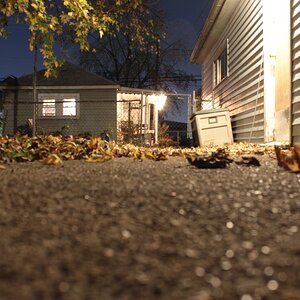evansy84
TPF Noob!
- Joined
- Oct 25, 2010
- Messages
- 4
- Reaction score
- 0
- Location
- connecticut
- Can others edit my Photos
- Photos NOT OK to edit
Hi there
Having copied some Jpeg images (240 dpi res) onto a disc, for a friend who wants to upload them onto a website, they have fedback that the images appear lighter once uploaded.
Having viewed these on both my I-mac and I-pad, I am confused as why the same files would appear 'less warm'.
Can anyone help please?
Having copied some Jpeg images (240 dpi res) onto a disc, for a friend who wants to upload them onto a website, they have fedback that the images appear lighter once uploaded.
Having viewed these on both my I-mac and I-pad, I am confused as why the same files would appear 'less warm'.
Can anyone help please?


![[No title]](/data/xfmg/thumbnail/41/41492-467958db3420bceb7ab410a12dcc681f.jpg?1619739819)
![[No title]](/data/xfmg/thumbnail/40/40311-715dda8167abb793178d6abf7e8136fe.jpg?1619739414)
![[No title]](/data/xfmg/thumbnail/39/39439-d0a6beaaf39993860b74ccbd81fdd122.jpg?1619739032)


![[No title]](/data/xfmg/thumbnail/41/41899-007f14ae0d832ef200fd62eedc4da42e.jpg?1619739936)